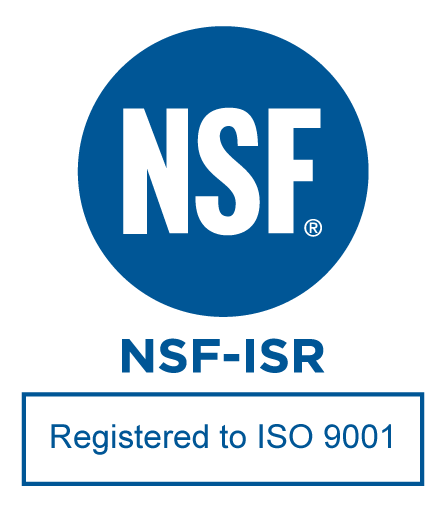Properly Tune Your Pneumatic Cylinder and End Cushion for Your System’s Needs

Although cushioning is a common concept in pneumatic systems, it’s easy not to consider some of the rules of thumb that can otherwise prevent you from getting the best performance from your cylinder. Whenever possible, be sure your adjustable end-position cushioning systems are tuned by experienced personnel with knowledge of the intended application. This blog post — the third in our series on end-position cushioning — offers some additional cushioning tips and best practices to follow when implementing pneumatic cylinders into your system:
- Know your application requirements. Each application comes with its own dynamics that will affect your cushion’s ability to dampen the impact forces. When it comes to end-position cushioning, there is no one-size-fits-all solution.
- Give your cylinder the right amount of cushioning. If the system does not have enough back-pressure to absorb the kinetic energy, damaging impacts can occur along with the associated wear, shock and noise that can lead to problems. Conversely, too much damping will slow the load prematurely, causing the load to bounce during braking as the piston changes direction. This can slow down your cycle times and transmit damaging vibrations into the system.
- Communicate with your installer. In an effort to get up and running quickly, machine builders and installers may inadvertently bolt the cylinder into the system without realizing it has a built-in cushion. Without properly tuning the cushion to the dynamics of the application, the cylinder may underperform.
- System settings affect cylinder performance. Conditions throughout the system can affect the dynamics within the cylinder itself, so be sure to retune the cushion whenever you make changes to the system such as its operating pressure, load and speed.
Call In Experts Who Know Your System’s Requirements
End-position cushioning is an often-overlooked aspect of pneumatic system design. That’s why it’s important to work with a pneumatic systems professional who also has expertise with your particular application. In addition, Fabco-Air can guide you through the pneumatic cylinder selection process and help you solve your end-cushioning challenges.
For more information about end-position cushioning for pneumatic cylinders, download our white paper.

